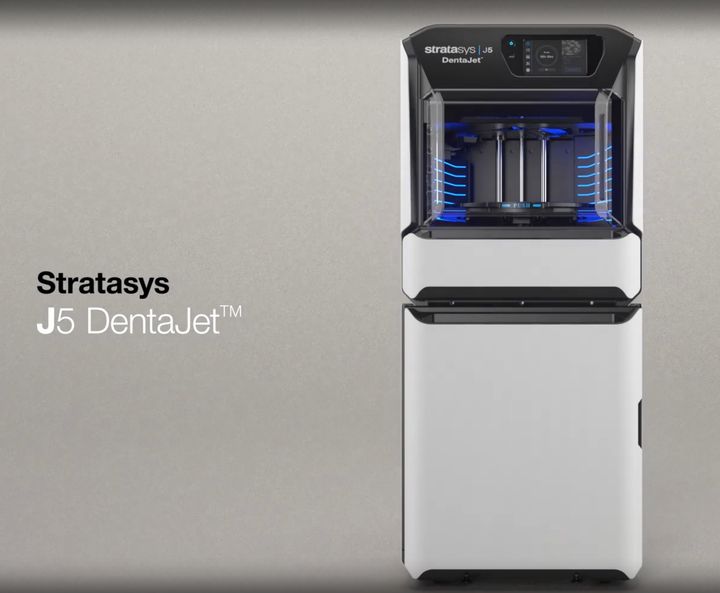
Stratasys announced the J5 DentaJet 3D printer, a multi-material device for the dental industry.
Stratasys has two previous devices targeted at the dental industry: the J700 Dental is designed solely for 3D printing aligners, while the J720 Dental is designed for multi-material use.
The J5 DentaJet is also a multi-material device, meaning it is capable of producing a variety of dental appliances. It uses Stratasys’ powerful PolyJet technology, which uses inkjets to selectively deposit photopolymer resin in layers.
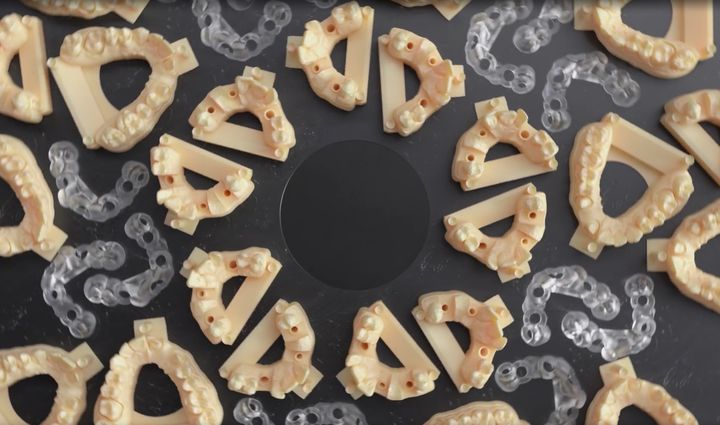
PolyJet allows the use of several different materials simultaneously: it simply uses resin from different inkjet heads as required. This technology allows Stratasys to create 3D printers capable of full color 3D printing by including resins with all the possible base colors.
That’s the technology inside the J5 DentaJet.
While most general purpose multi-material 3D printers are used to produce objects with different materials, that’s not necessarily the case with the J5 DentaJet. Instead, the idea here is all about production.

The multi-material capability allows the J5 DentaJet to 3D print different kinds of dental appliances within the same print job. This means they can leverage Stratasys’ extensive set of PolyJet materials. Stratasys lists these types as possible prints on the J5 DentaJet:
- Implant models
- Surgical guides
- Gingiva masks
- Orthodontic models
- Indirect bonding trays
- Removable models
- RPD frameworks
- Custom impression trays
- Try-ins
- Crown & bridge models
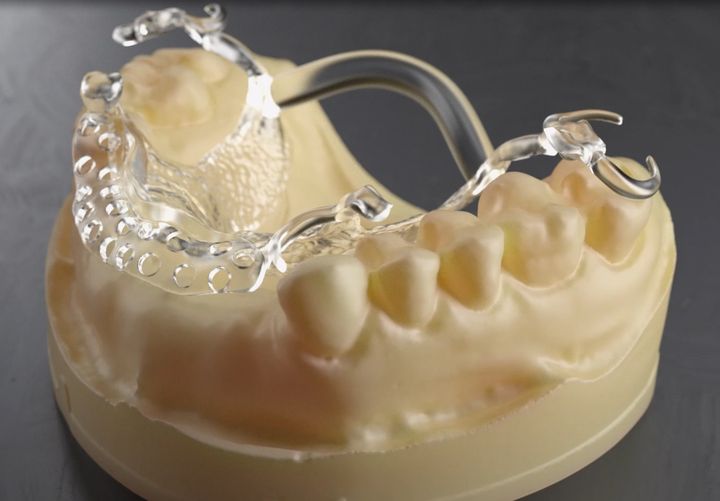
In addition, the J5 DentaJet is also capable of 3D printing in full color if required for dental models.
I think you get the idea here: the J5 DentaJet is designed to handle most needs for a typical dental lab. By using the appropriate combinations of Stratasys dental materials, each of these appliance types can be 3D printed — in the same job.
But the machine is not just about printing different appliances. It also has several features specifically designed to increase throughput. In fact, Stratasys claims the following is possible using the J5 DentaJet:
- Print as many as 41 implant cases per day
- Print as many as 26 models and RPD frameworks per day
That’s significant throughput. One way they’re achieving this is through a very different motion system and build tray.

Here you can see a J5 DentaJet build tray, and you’ll immediately notice that it’s circular. That’s quite a departure from other PolyJet systems, which are rectangular and Cartesian. Instead, the J5 DentaJet’s tray rotates around the center axis during 3D printing.
There are very few 3D printers that take this approach, so it is surprising to see Stratasys doing so. The last system I saw with this approach was dp polar’s AMpolar i2 HSR system, which is quite large and again, designed for high-volume production. Stratasys may be on to something here.
The J5 DentaJet’s huge 1,174 cm2 build plate is easily removed and replaced, allowing for near-continuous 3D printing if you have more than one tray. The idea is to set up a 3D print job and let it run overnight, providing a great deal of throughput.
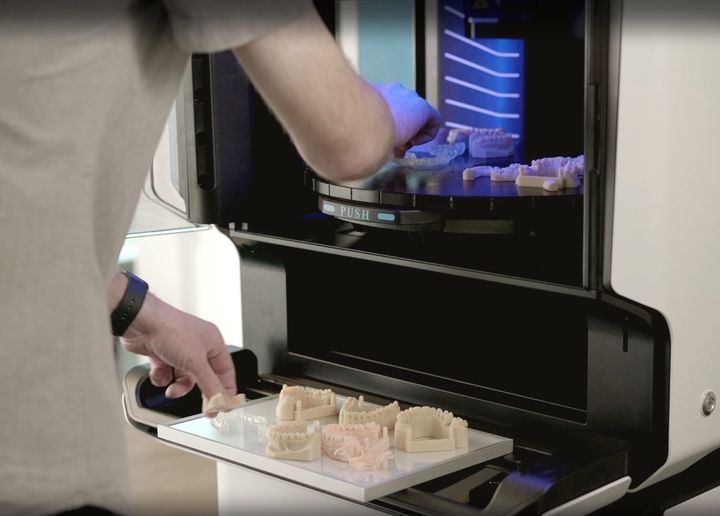
Stratasys says they’ve also improved the job management software in GrabCAD to allow for better packing of print trays with their automatic tray arrangement feature. This would permit more models to be built during each job, increasing throughput.
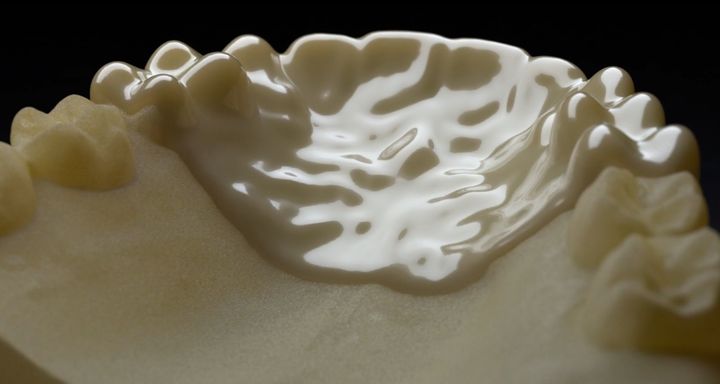
They’ve also introduced an unusual “Separator Digital Material”. This is a resin that can be used along with the other materials, but specifically does not bond with the other materials. In other words, it can allow for instant separation of the printed models from support structures. Stratasys says this can save “up to 3 minutes” per model, and I don’t doubt that, having had to clean supports off PolyJet prints myself some years ago.
It seems the powerful J5 DentaJet is targeted for dental labs, rather than individual dentist offices due to its production capabilities. Based on what I can see in the J5 DentaJet’s specifications, Stratasys could very well see quite a few sales in the highly profitable dental market.
Via Stratasys
